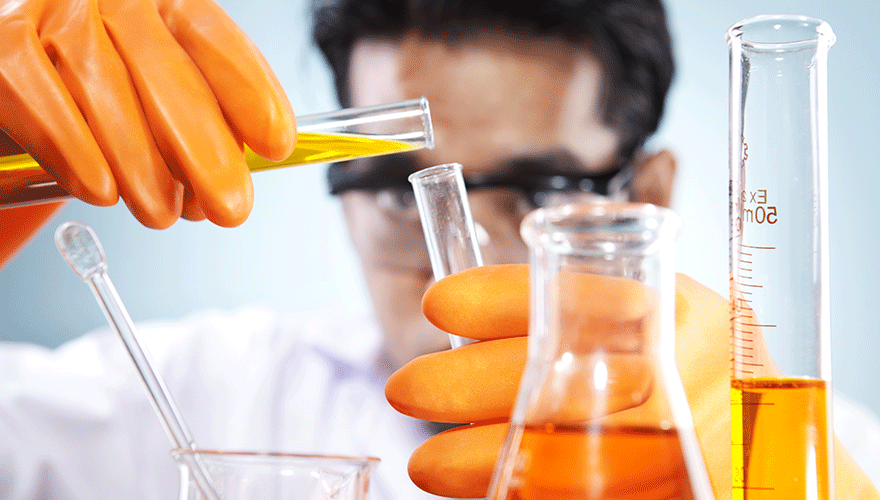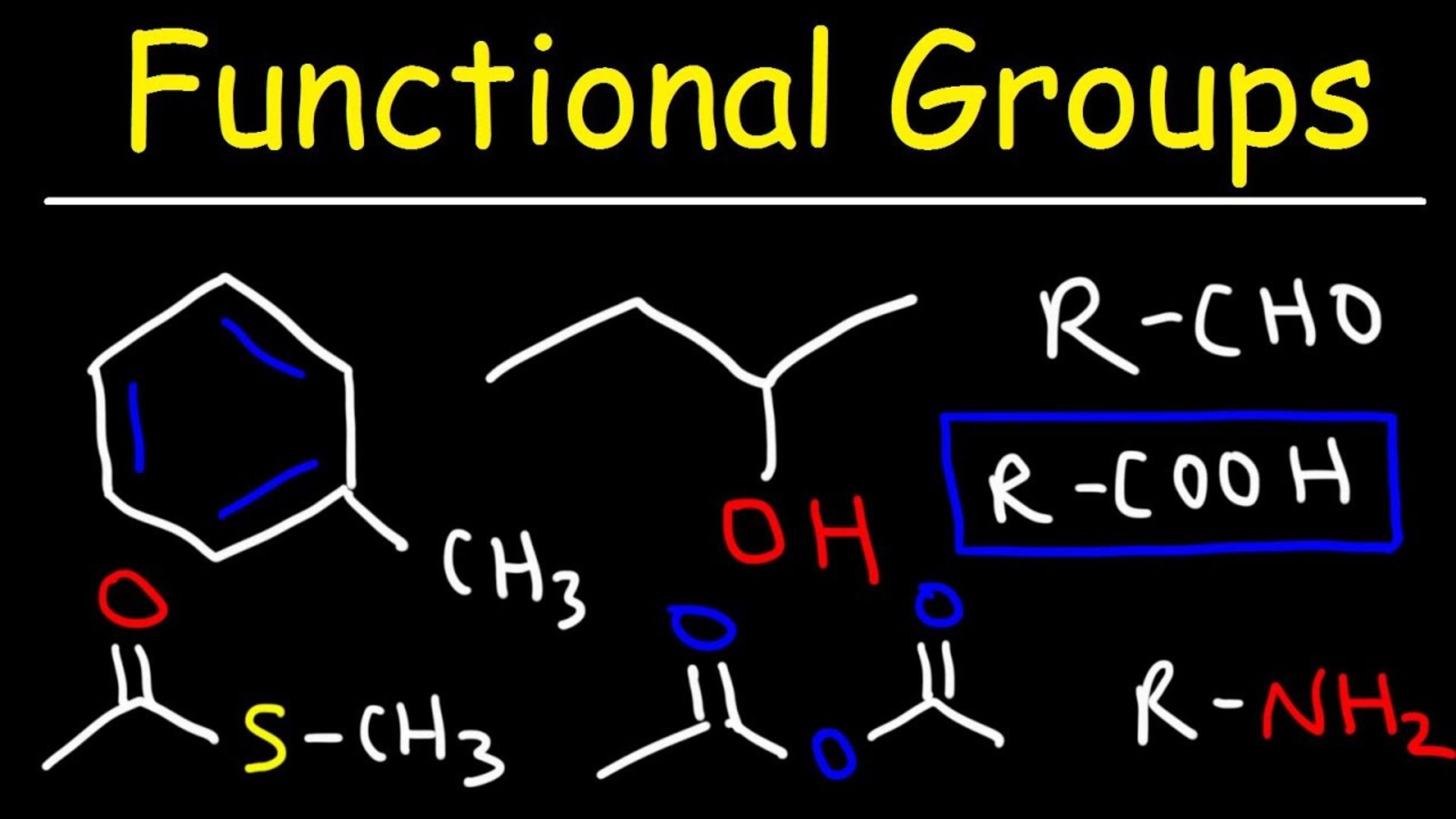Chemical synthesis is the process of creating chemical compounds through reactions involving simpler substances. It plays a vital role in various industries, from pharmaceuticals and materials science to agriculture and environmental science. This guide explores the diverse methods of chemical synthesis, their applications, and how they contribute to innovation and efficiency in chemical manufacturing.
1. Types of Chemical Synthesis
1. Organic Synthesis: Organic synthesis focuses on the creation of organic compounds, which primarily consist of carbon and hydrogen. This method is crucial for producing pharmaceuticals, agrochemicals, and polymers.
- 1.1. Traditional Organic Synthesis:
- Reactions: Utilizes classical reactions such as substitution, addition, and elimination.
- Examples:
- Friedel-Crafts Alkylation: Adds alkyl groups to aromatic rings.
- Grignard Reaction: Forms carbon-carbon bonds using Grignard reagents.
- 1.2. Modern Organic Synthesis:
- Reactions: Employs advanced techniques and catalysts to enhance efficiency.
- Examples:
- Cross-Coupling Reactions: Includes reactions like Suzuki and Heck coupling, which form carbon-carbon bonds.
- Click Chemistry: Utilizes simple, high-yield reactions to create complex molecules.
2. Inorganic Synthesis: Inorganic synthesis involves the production of inorganic compounds, including metals, minerals, and coordination complexes. This method is vital for materials science, catalysis, and industrial applications.

Chemical Synthesis
- 2.1. Solvothermal Synthesis:
- Method: Conducted in solvents under high temperature and pressure to create inorganic compounds.
- Examples:
- Synthesis of Metal-Organic Frameworks (MOFs): Used for gas storage and separation.
- Preparation of Nanomaterials: Such as nanoparticles and quantum dots.
- 2.2. Solid-State Synthesis:
- Method: Involves heating solid reactants to form new solid products.
- Examples:
- Ceramic Materials: Preparation of superconductors and catalytic materials.
- Solid-State Batteries: Development of high-performance energy storage devices.
3. Green Chemistry Methods: Green chemistry emphasizes sustainable practices in chemical synthesis to minimize environmental impact. This includes using safer solvents, reducing waste, and employing renewable resources.
- 3.1. Atom Economy:
- Concept: Maximizes the incorporation of reactants into the desired product, minimizing waste.
- Examples:
- Optimized Reactions: Using reactions with high atom economy, such as one-pot processes.
- 3.2. Use of Renewable Resources:
- Concept: Employing bio-based feedstocks and environmentally friendly solvents.
- Examples:
- Biocatalysis: Using enzymes to catalyze chemical reactions in a sustainable manner.
- Green Solvents: Replacing harmful solvents with safer alternatives like supercritical fluids.
4. Catalysis in Synthesis: Catalysis involves using catalysts to increase the rate of chemical reactions without being consumed in the process. It enhances reaction efficiency and selectivity.
- 4.1. Homogeneous Catalysis:
- Method: Uses catalysts in the same phase as the reactants, usually in solution.
- Examples:
- Hydrogenation Reactions: Catalyzed by transition metal complexes.
- Acid-Base Catalysis: Used in esterification and hydrolysis reactions.
- 4.2. Heterogeneous Catalysis:
- Method: Employs catalysts in a different phase from the reactants, often as solid catalysts in liquid or gas phases.
- Examples:
- Catalytic Converters: Used in automotive exhaust systems to reduce pollutants.
- Industrial Catalysts: For processes such as ammonia synthesis and petroleum refining.
5. Methods of Chemical Synthesis
5.1. Batch Synthesis:
- Method: Reactions are carried out in discrete batches, with all reactants added at once.
- Advantages: Simple setup and control; suitable for small to medium-scale production.
- Applications: Pharmaceuticals, specialty chemicals.
5.2. Continuous Synthesis:
- Method: Reactants are continuously fed into the reactor, and products are continuously removed.
- Advantages: Higher efficiency, consistent product quality, and lower production costs.
- Applications: Large-scale industrial production, such as bulk chemicals and polymers.
5.3. Flow Chemistry:
- Method: Involves conducting chemical reactions in a continuous flow of reactants through a reactor.
- Advantages: Enhanced safety, better control of reaction conditions, and scalability.
- Applications: Pharmaceuticals, fine chemicals, and complex organic synthesis.
5.4. Microwave-Assisted Synthesis:
- Method: Uses microwave radiation to accelerate chemical reactions.
- Advantages: Faster reaction times, improved yields, and energy efficiency.
- Applications: Organic synthesis, materials science.
5.5. Electrochemical Synthesis:
- Method: Utilizes electrical current to drive chemical reactions.
- Advantages: Green and efficient; can produce high-purity products.
- Applications: Organic transformations, metal plating.
6. Applications of Chemical Synthesis
1. Pharmaceuticals:
- Drug Development: Synthesis of active pharmaceutical ingredients (APIs) and intermediates for drug formulations.
- Examples: Synthesis of antibiotics, antivirals, and cancer therapies.
2. Materials Science:
- Advanced Materials: Creation of polymers, nanomaterials, and composite materials for various applications.
- Examples: Production of lightweight materials for aerospace and high-performance coatings.
3. Agriculture:
- Agrochemicals: Synthesis of fertilizers, pesticides, and herbicides to enhance crop yield and protect against pests.
- Examples: Development of selective herbicides and biopesticides.
4. Environmental Science:
- Pollution Control: Synthesis of materials and chemicals for environmental remediation and pollution abatement.
- Examples: Production of absorbents for oil spills and catalysts for air purification.
5. Consumer Products:
- Chemicals for Daily Use: Synthesis of cleaning agents, personal care products, and additives for food and beverages.
- Examples: Formulation of eco-friendly detergents and preservatives.
Conclusion
Chemical synthesis encompasses a range of methods and techniques essential for creating diverse chemical products across various industries. From traditional organic and inorganic synthesis to modern green chemistry and catalysis, these methods drive innovation and efficiency in chemical manufacturing. By understanding and applying these synthesis techniques, we can develop safer, more sustainable, and high-performance chemical products that meet the demands of a rapidly evolving world.




